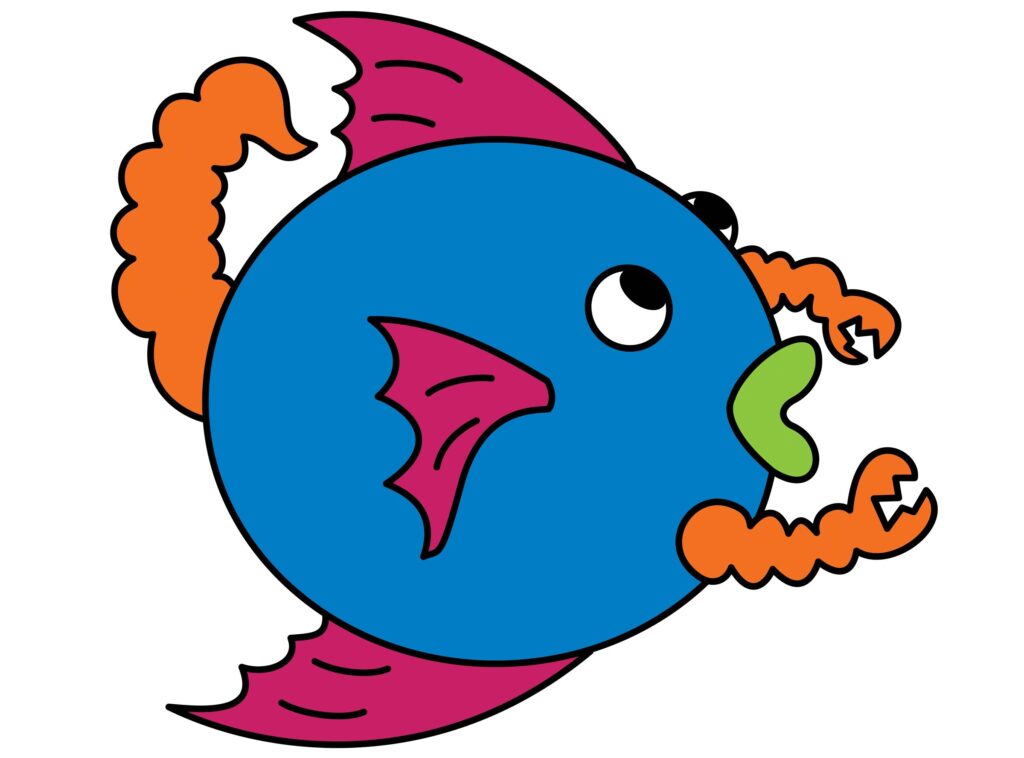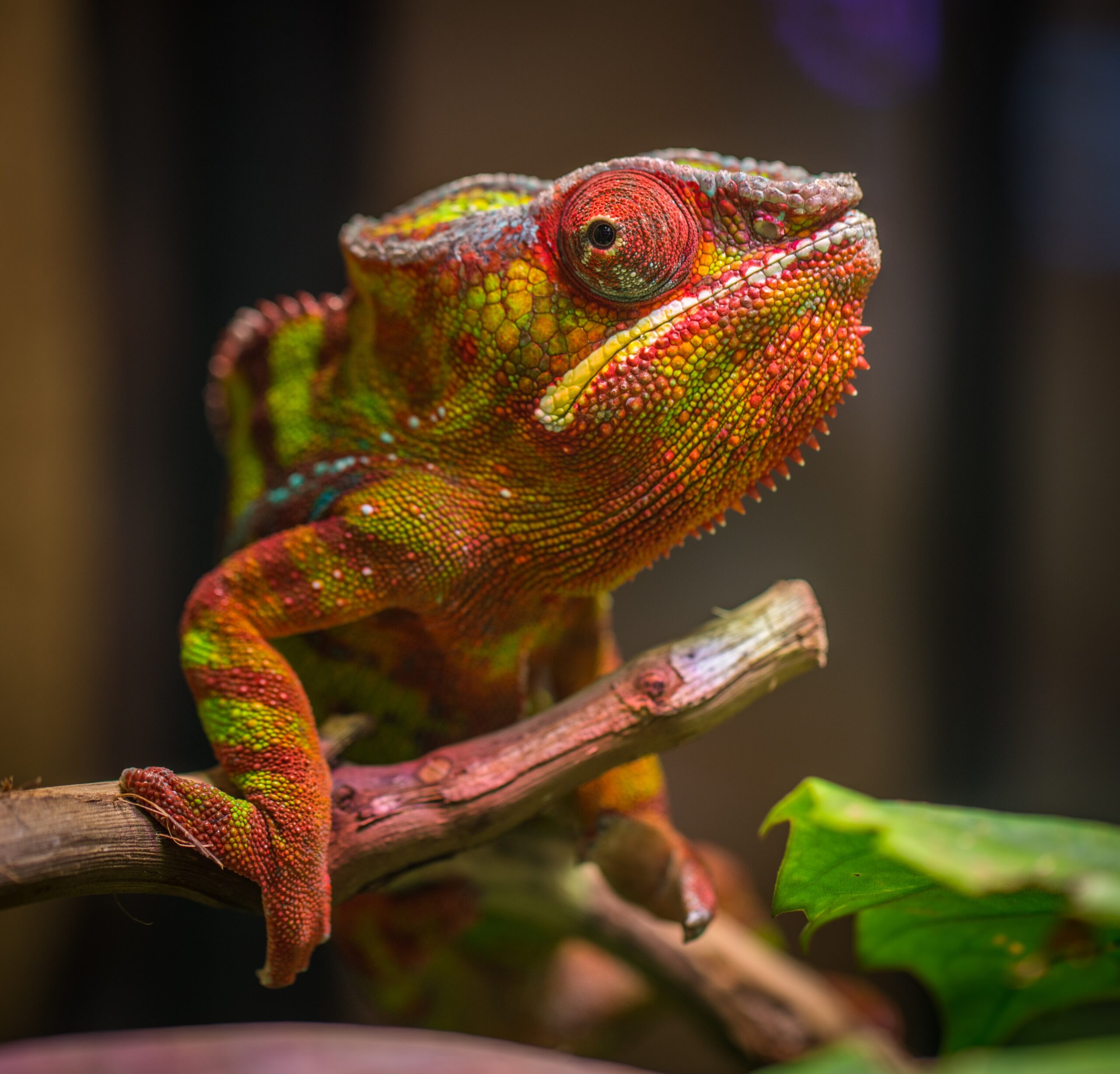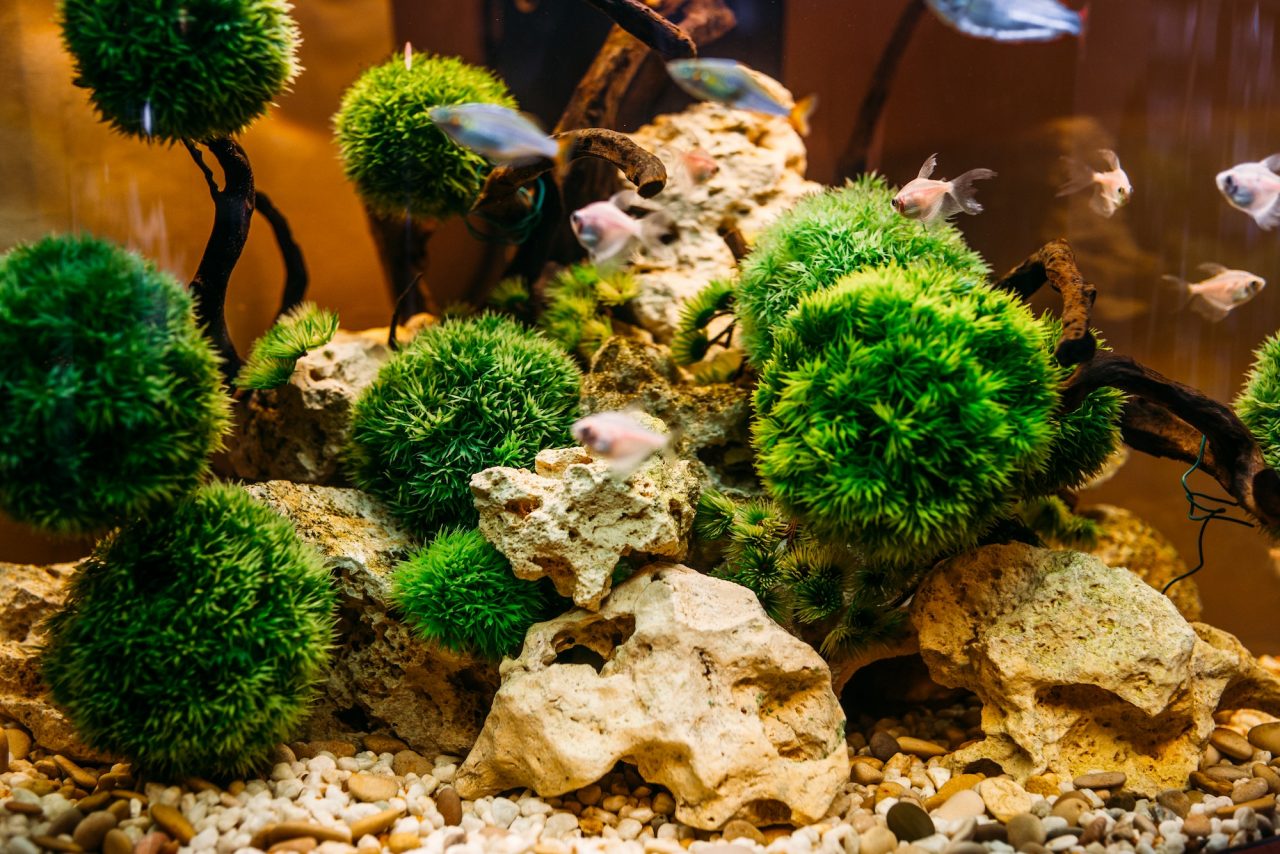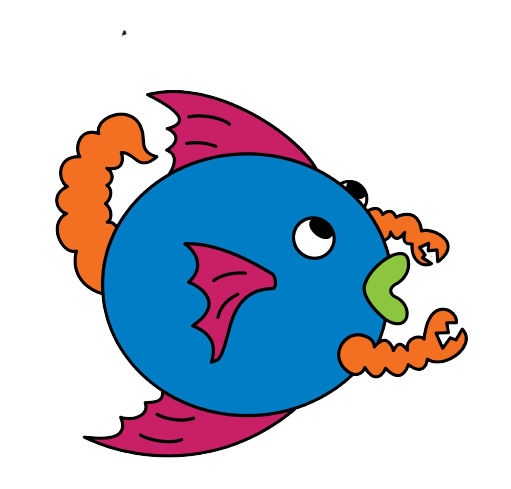The nitrification cycle is the process that transforms new biological filter beds into a biologically established filter, allowing your aquarium to convert harmful ammonia causing waste products into less harmful nitrogen (nitrates) gas:
Initially the aquarium should be lightly populated with relatively inexpensive, hardy fish. We do not recommend using feeder goldfish. Scavengers, algae eaters and scaleless varieties should not be included among the first inhabitants. Fish digestion, fish respiration, and the decomposition of uneaten food begin to produce ammonia.
Once ammonia becomes detectable, no other fish should be added to the aquarium. Do not do partial water changes unless you are experiencing multiple fish death.
The aquarium may become cloudy and/or emit a slight gaseous odor during the initial stages of nitrification. This is usually self correcting, but reducing the amount of food being offered will help correct the situation.
A species of nitrifying bacteria, nitrosomonas, begin to convert the toxic ammonia into less toxic nitrites. As this conversion begins, the cycle is at its most toxic level.
Another nitrifying bacteria, nitrobacter, then convert nitrites into even lesser toxic nitrates completing the cycle and allowing you to add fish and to commence regular, periodic, partial water changes and gravel vacuuming.
While short term exposure to nitrates may not be harmful, prolonged exposure to high nitrate levels can cause stress and greater susceptibility to disease in a limited number of freshwater species and in saltwater aquaria.
High nitrate levels promote excess algae growth.
The only way in which nitrate levels can be reduced in the aquarium is by making partial water changes.
It is possible to speed up the nitrification process by seeding the filter with bacteria, either in the form of a freeze-dried or liquid commercial preparation or by adding bacteriological medium from a mature tank. These should not be added to the aquarium until fish are introduced as the existing sterile conditions provide no nutrients to support the bacteria.





